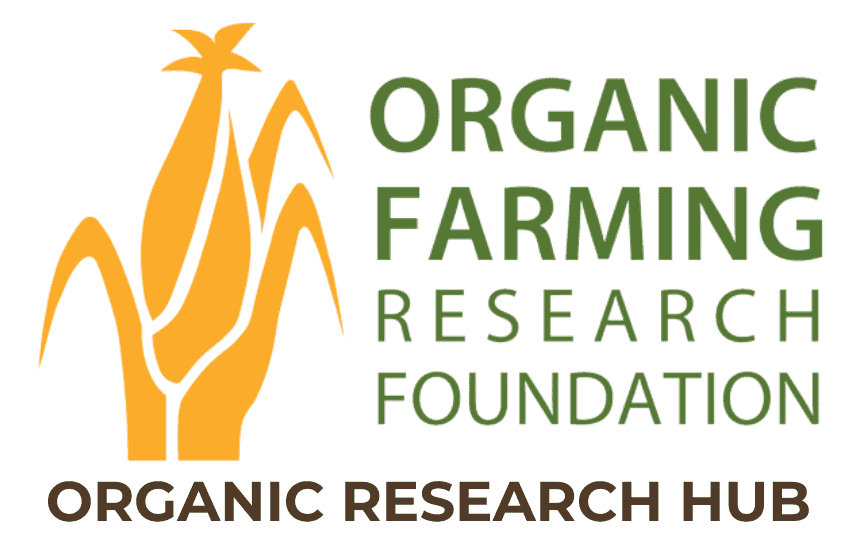Finding cost-effective weed and nutrient management practices in organic pear orchards
Chuck Ingels, University of California-Davis

Weed control and nutrient management are major challenges in organic orchards and are closely interconnected. Methods like mulching may be costly but can enhance fruit size or yield, potentially justifying the expense. If shown to be cost-effective, many growers will adopt mulching. In-row mowing, while cheaper, allows weeds to compete for resources but remains economically viable. Understanding which fertilizers yield the best results and optimal application rates would greatly benefit growers, as this project aims to provide that knowledge.
This project compares weed control and fertilization methods in an organic pear orchard in Sacramento County, initiated by a third-generation pear farmer. Conducted from 2009 to 2011 in a block of Golden Russet Bosc pears (planted in 2001), it tested four weed control methods (in-row mowing, landscape fabric, wood chips, and organic herbicide) and three fertilizer treatments (high and low rates of chicken manure and feather meal).
Landscape fabric and wood chips offered excellent weed control, while the herbicide provided partial control. Yield differences among treatments were insignificant, and trunk growth showed no notable variation. Wood chips resulted in lower stem water potential only in August 2009. Leaf nitrogen content was significantly lower in the mow + no fertilizer treatment than in high-rate manure treatments, while leaf phosphorus content varied inversely. All fertilizer treatments increased soil nitrate compared to non-fertilized plots. Wood chips produced the highest soil phosphorus and organic matter, while feather meal resulted in lower phosphorus levels and the lowest pH.
Vole damage was more pronounced with landscape fabric than with wood chips. If landscape fabric lasts eight years, its annual cost is slightly higher than in-row mowing. An organic herbicide program is more expensive due to herbicide costs and application frequency, while wood chips are the most costly treatment due to associated expenses and reapplication needs. The cost of feather meal was about three times higher than low-rate manure for equivalent nitrogen.
Region
Western
Topic
Soil Health, Crop Nutrient Management, Weed Management
Category
Tree and Vine Crops
Date Range
2001-2010
Funding Amount
$27,624
Funding Year
2009Location
Sacramento, California
Collaborators
Tom Lanini, University of California-Davis
Karen Klonsky, University of California-Davis
Ken Shackel, University of California-Davis
Chris Frieders Joe Green Ranch



